June is a prime month for perennial gardening. It’s such a good month for perennials that the Perennial Plant Association has designated June as “Perennial Gardening Month”.
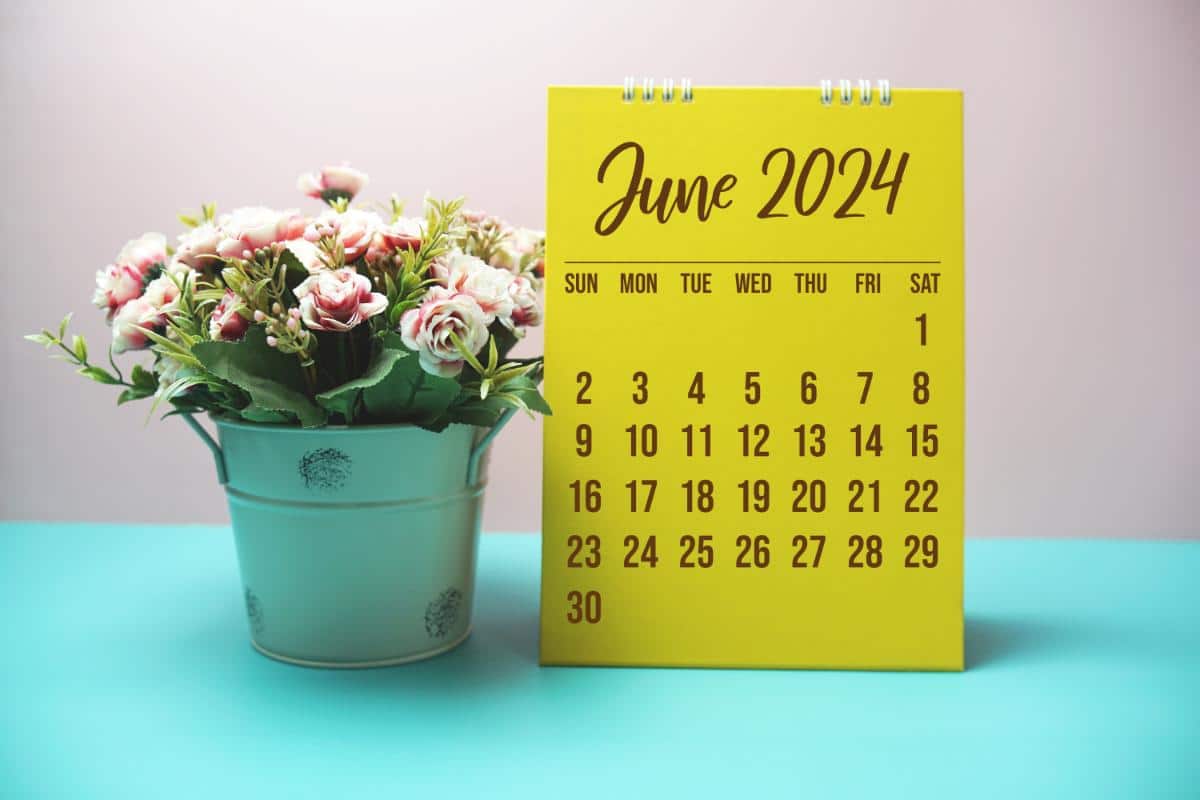
The idea behind this designation is that it should encourage gardeners to either start a new perennial garden, or to rehabilitate or tend to existing perennial plantings.
In the spirit of the month, let’s look at ten of the top things smart perennial gardeners will be tending to in June!
Jump to:
- 10 Top Tasks for Perennial Gardeners in June
- 1. Manage Water
- 2. Plant Frost-Sensitive Bulbs and Tubers
- 3. Get Weeding!
- 4. Cut Back Spring-Flowered Bulbs
- 5. Plant Successive Flowering Plants to Fill in
- 6. Balance Things Out with Some New Foliage Plants
- 7. Pinch Back Fall Asters and Mums
- 8. Bring Tender and Tropical Perennials Back Outside
- 9. Stake and Support Tall Perennials
- 10. Prune Spring Flowering Shrubs and Pinch Back Rhododendrons
- Bonus: Make Yourself a Nice Sitting Space!
10 Top Tasks for Perennial Gardeners in June
June is the month where, if you haven’t already, you top off your planting and early gardening chores. Of course, there’s plenty you can do later in the growing season and in the coming warm months, but these are some things you can do in June to set yourself (and your perennial plants!) up for a fabulous growing season.
1. Manage Water
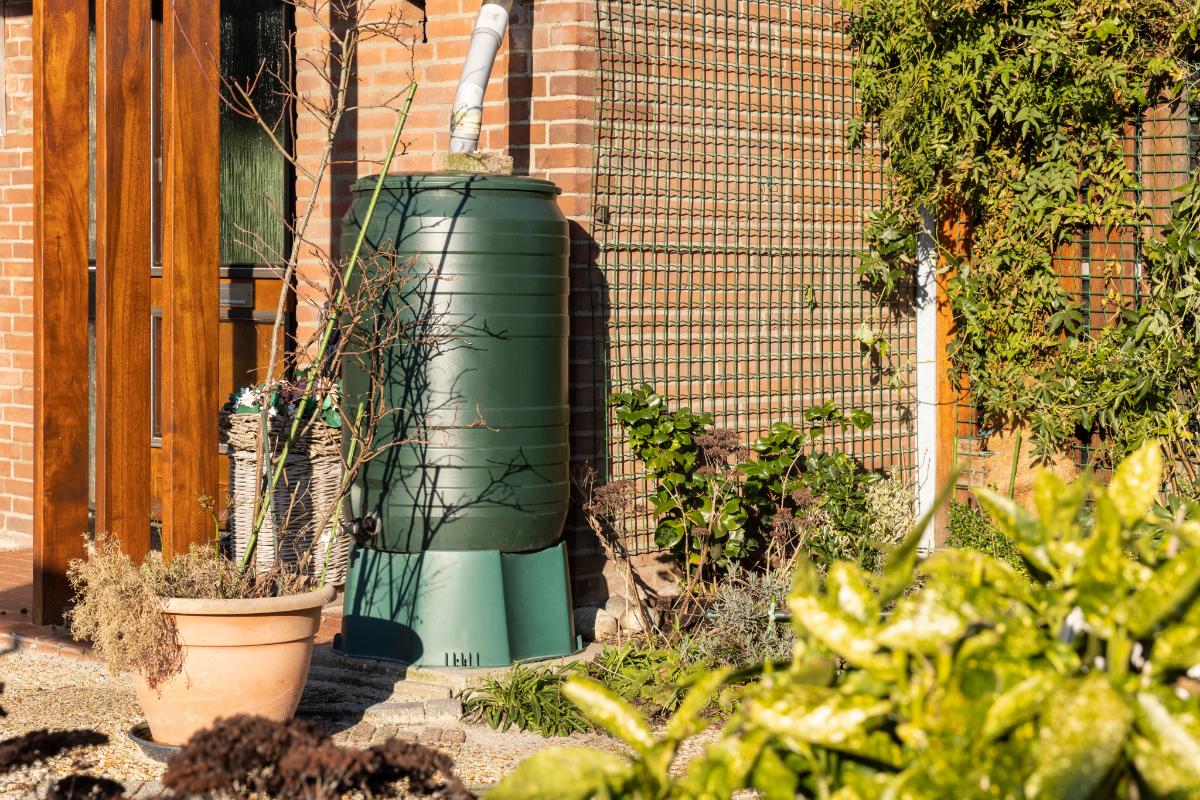
We say “manage” water instead of just “water” because you may or may not need to be watering your perennials in June. It all depends on how much rain you’re getting.
- Most perennials need around one inch of water per week
- Water can come from natural rains or from supplemental watering from you
- A rain gauge will help you know if you have gotten enough water in a given week; if not, water to make up the difference
- If you’re using a sprinkler or soaker hoses, place a tuna can under the water source; when it is full, your perennials have been watered enough
- Rain barrels are a good way to collect water so you can reduce demands on municipal water supplies, and if you pay for water, you can reduce your expenses, too!
- Perennials in pots and planters need extra water—they dry out much more quickly, and plants do not have surrounding ground to reach into to access water
Other factors, like whether your perennials are mulched, will determine how often your plants need watering. Mulch helps to retain moisture in the soil so it doesn’t evaporate and dry out too quickly. If you’re having difficulty keeping your plants moist and happy, a mulch layer is a good solution.
2. Plant Frost-Sensitive Bulbs and Tubers
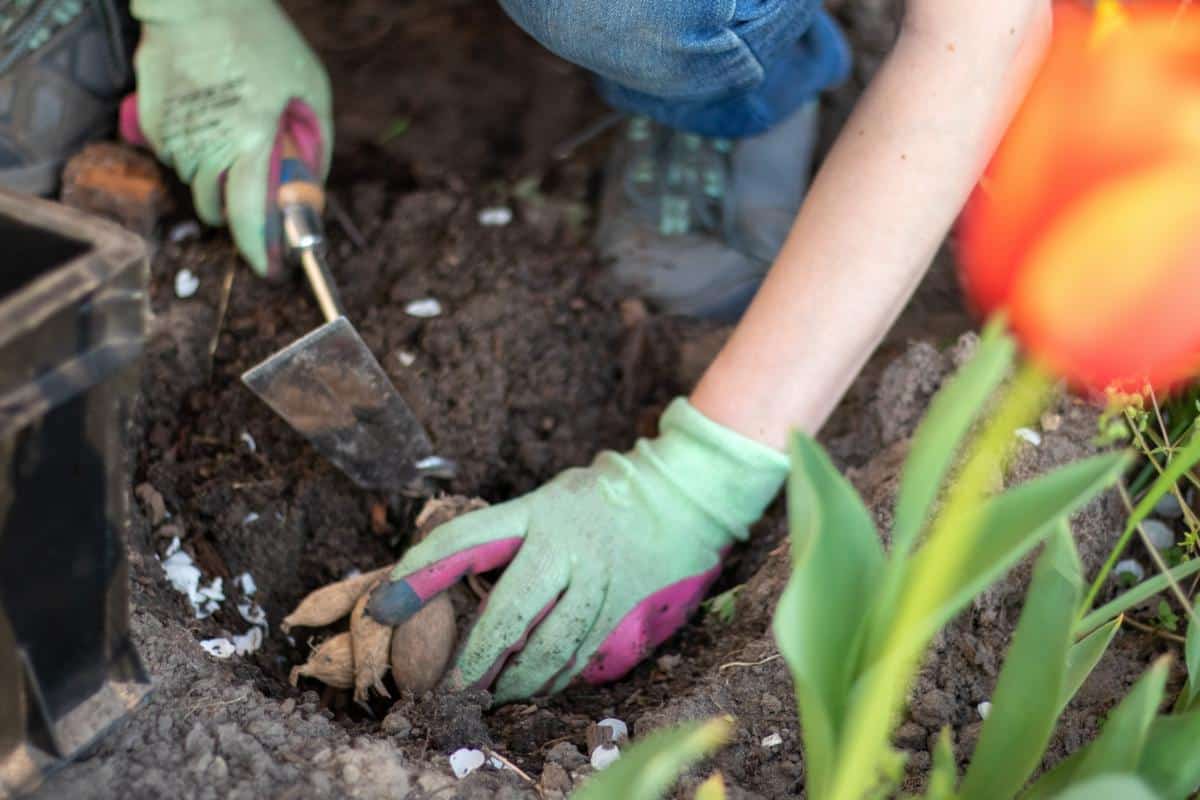
With the last frost dates behind us for the season, it’s time to plant the tender annual bulbs and tubers that you might have had to dig and store for the winter. Early June will give you the longest growing and best bloom period for this.
Bulbs like gladiolas and tubers like dahlias don’t survive in the ground over the winter in zones lower than zone 7. Once you’ve hit your last frost date, it's time to take them back outdoors and get them in the ground for your summer enjoyment!
3. Get Weeding!
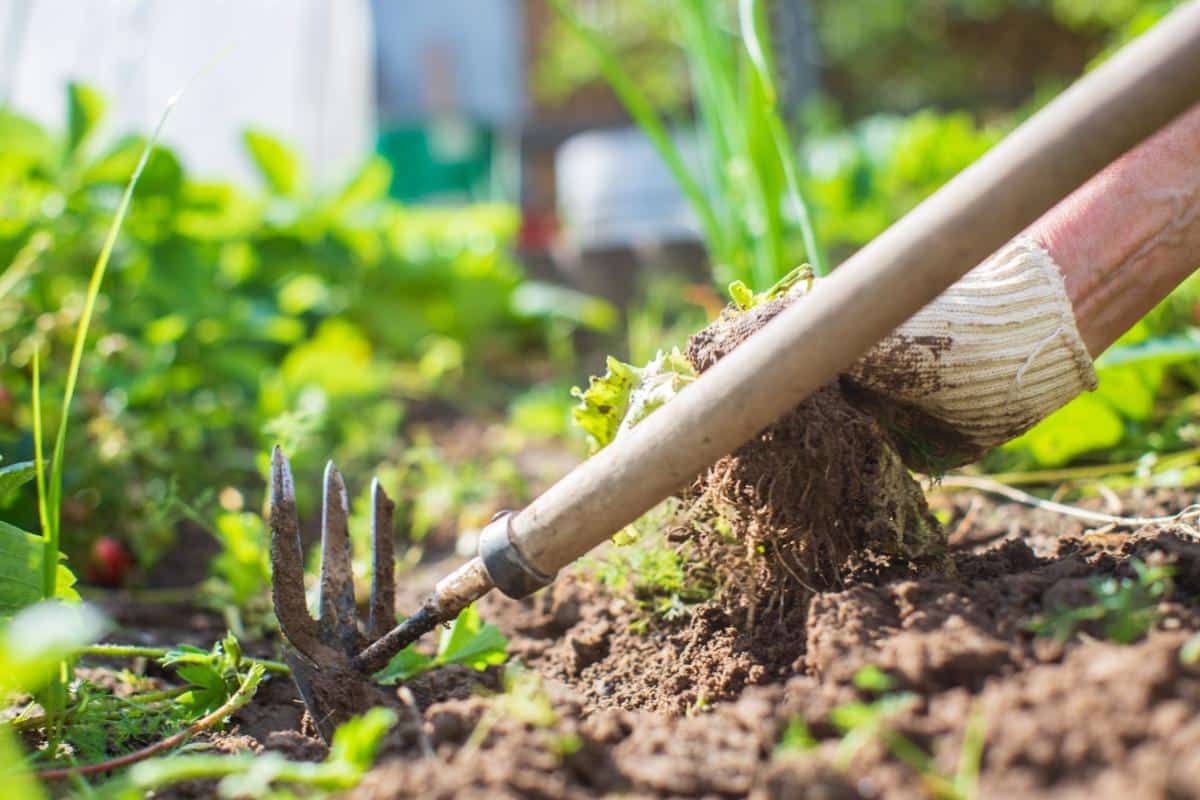
The worst thing you can do for your plants and for yourself is to let weeds get too far ahead of you. Make it a habit. Put on some music or an audiobook and make the rounds weekly.
Weeds are easy to scratch out with a weeder, Hula hoe, or other tool when they’re small. Start early and start simple, stick to it, and your garden will reward your efforts.
4. Cut Back Spring-Flowered Bulbs
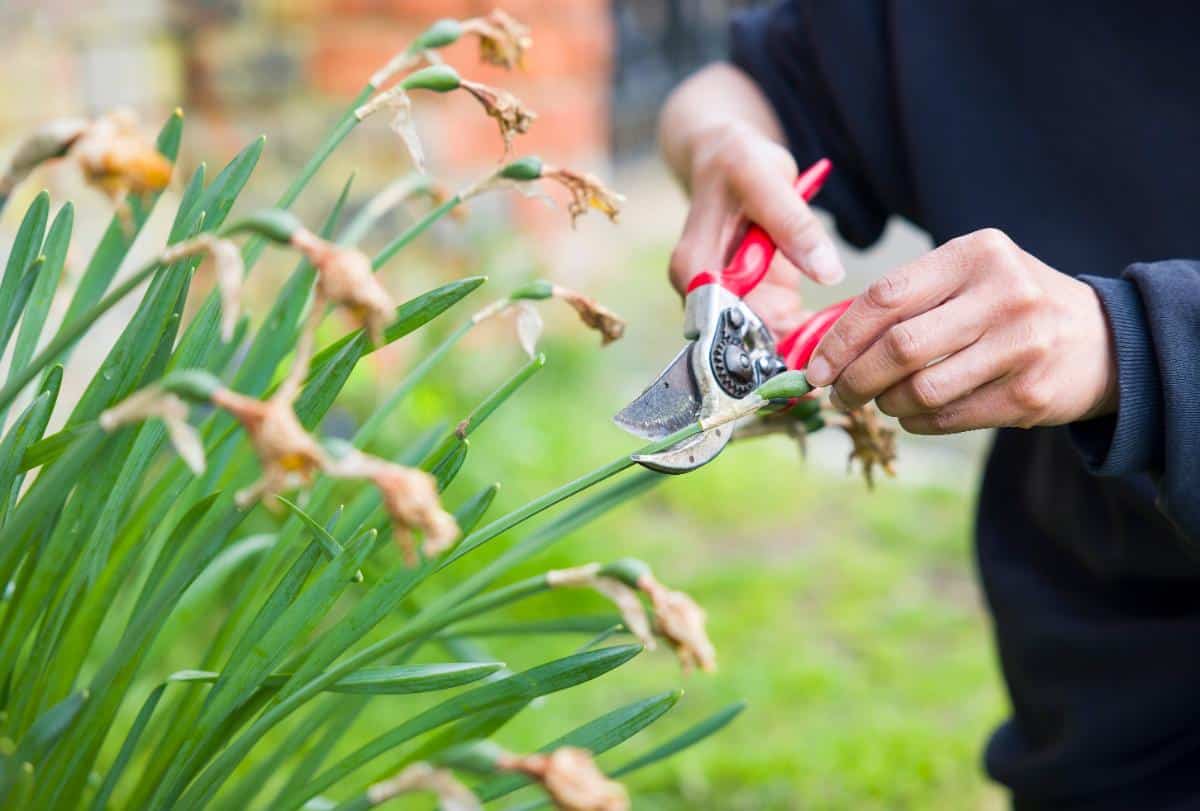
We love those earliest of spring bulbs because they bring us flowers just when we need them the most. But by June, spring-blooming bulbs like daffodils and tulips start looking pretty sad.
Your perennial garden will benefit from some trimming to clean up the dying leaves and stems left by gone-by spring bulbs. Here are some tips to guide you:
- Wait until the leaves start to die back (This tells you they've done their job of feeding the bulb for next year, and by getting rid of this dead weight, you can let the bulb save its energy to rebuild for next year.)
- This times out to be about 8 weeks after blooming, which for people many is in June
- You can cut leaves back by hand, or if they are in an open area or lawn, you can mow them with a trimmer or lawn mower
5. Plant Successive Flowering Plants to Fill in
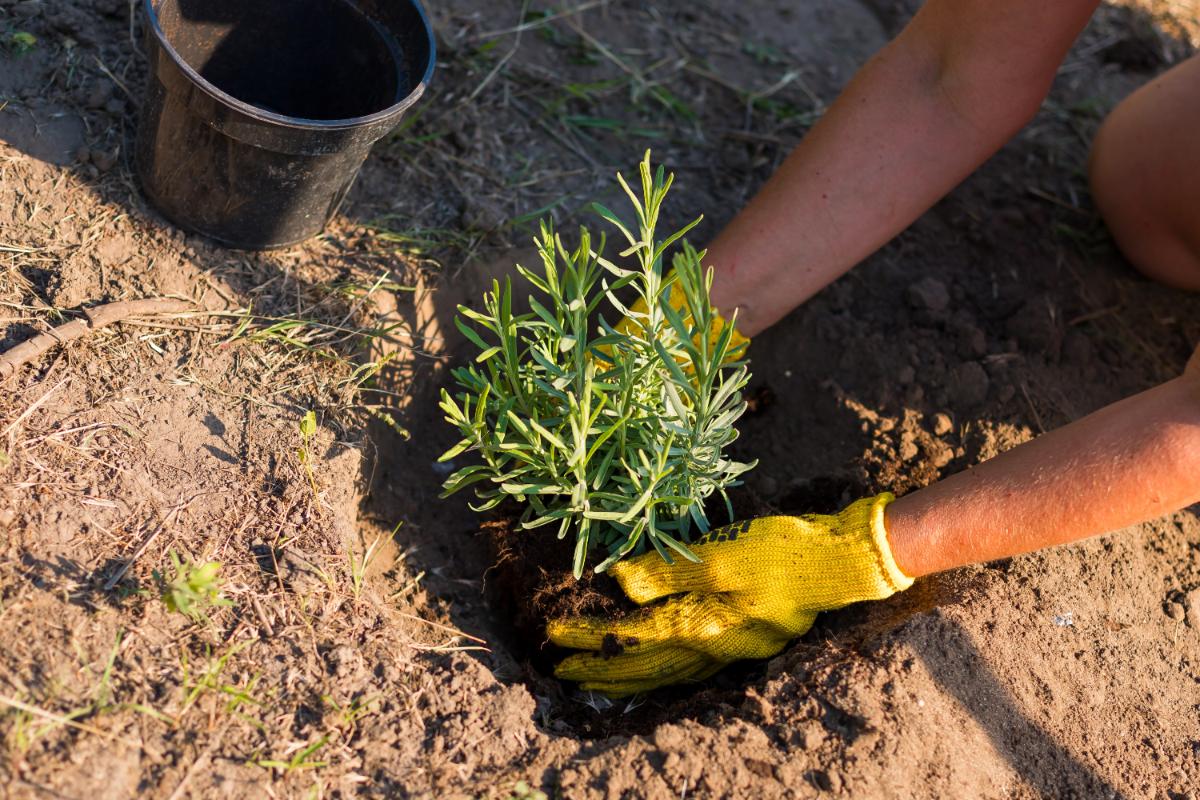
June might be a good time to start seeing the “holes” in your flowering perennials. Meaning, the times of the season when there isn’t much going on.
This would be a good time to look at the less-impressive times and find some plants that will flower in those in-between periods to fill the gaps and keep things looking good.
6. Balance Things Out with Some New Foliage Plants
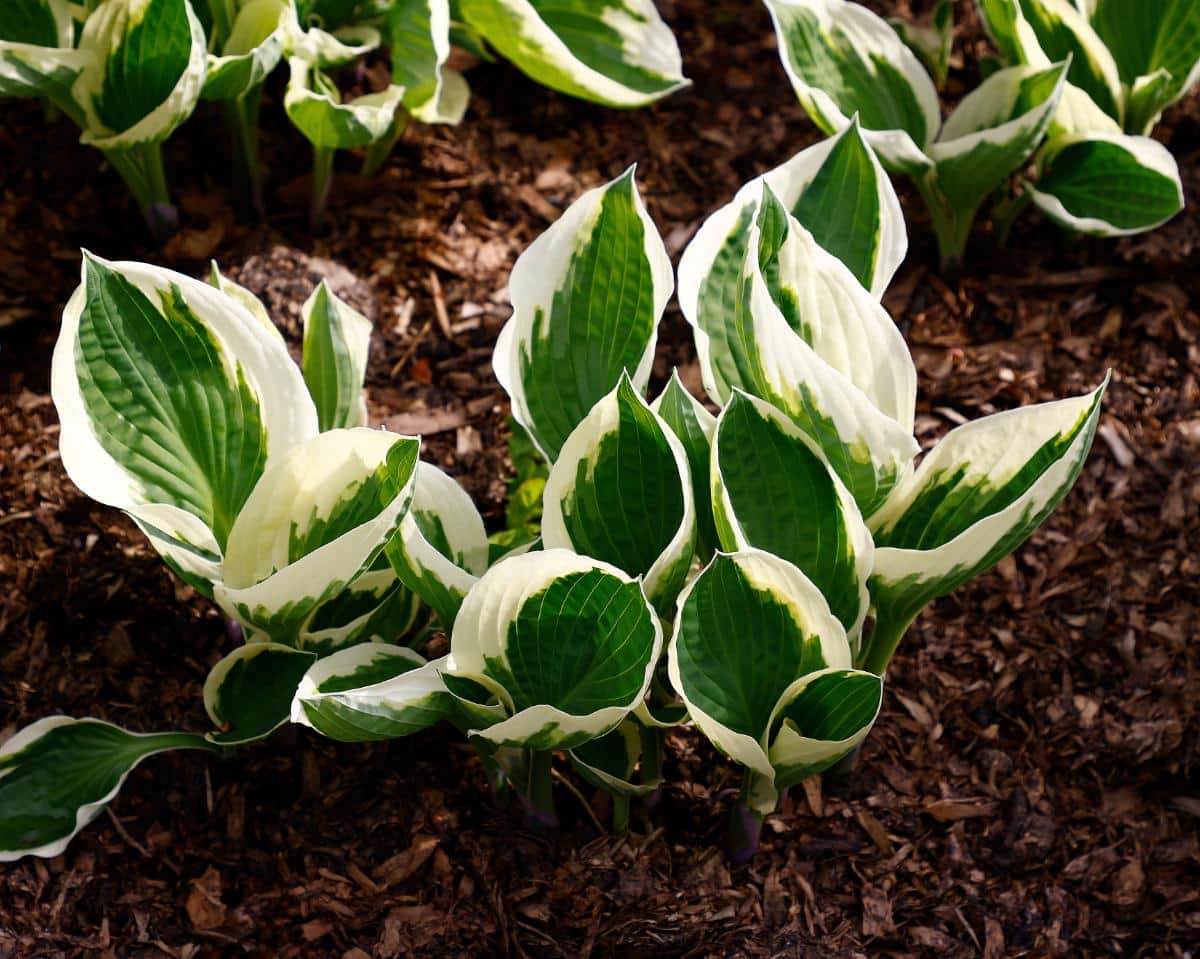
You can add color and texture by planting some foliage plants. Hostas are an extremely popular choice, but there are many, of course.
The beauty of foliage plants is that they last a long time (if not all season long), and they will keep the beauty and interest going between flowering and blooming periods.
Look for holes and bare spots in your gardens. Peruse the perennial plant aisles and see what you can add that will build contrast and interest, and maybe even add some non-flower related color (which is nice, because it won’t be limited like flower bloom times).
7. Pinch Back Fall Asters and Mums
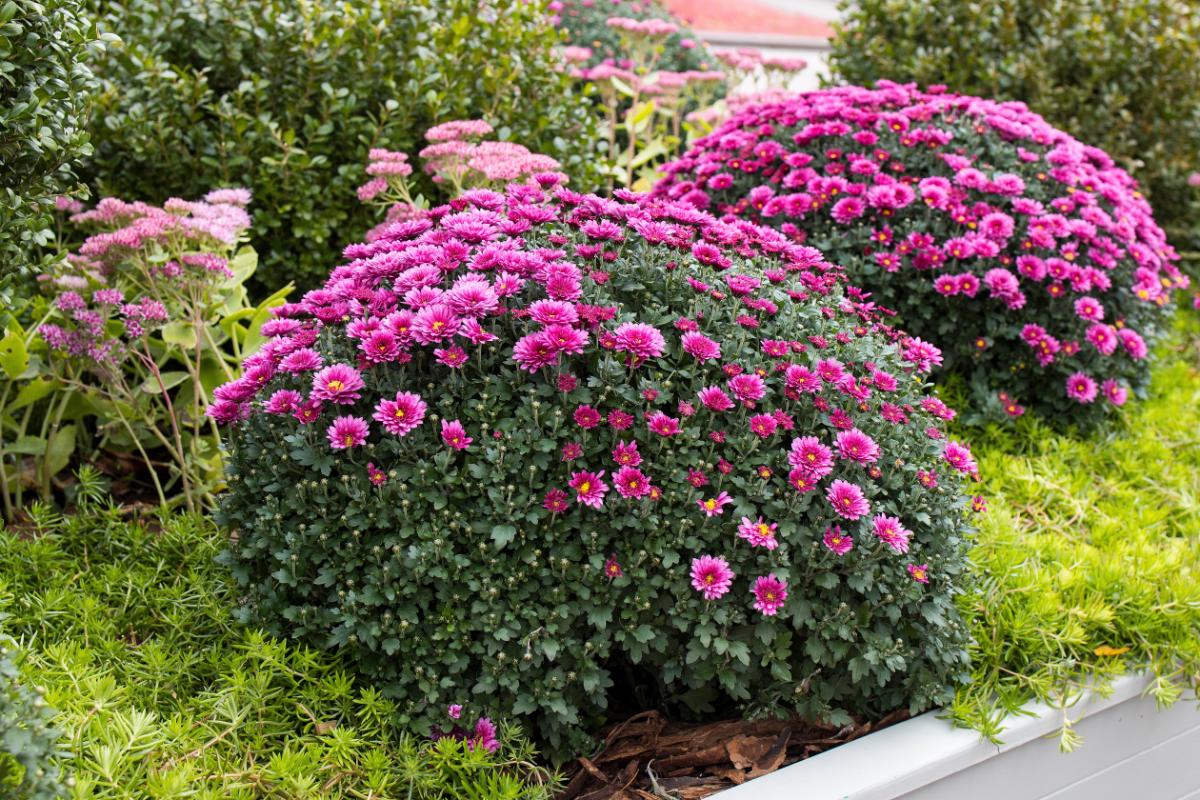
Fall might be months away but the asters and mums we’ll be looking for then are growing now. To keep them bushy and full, pinch the plants back in June. This will help to keep them from growing too tall too early and help prevent breakage. It will also ensure a fuller look with more buds and blossoms to love.
8. Bring Tender and Tropical Perennials Back Outside
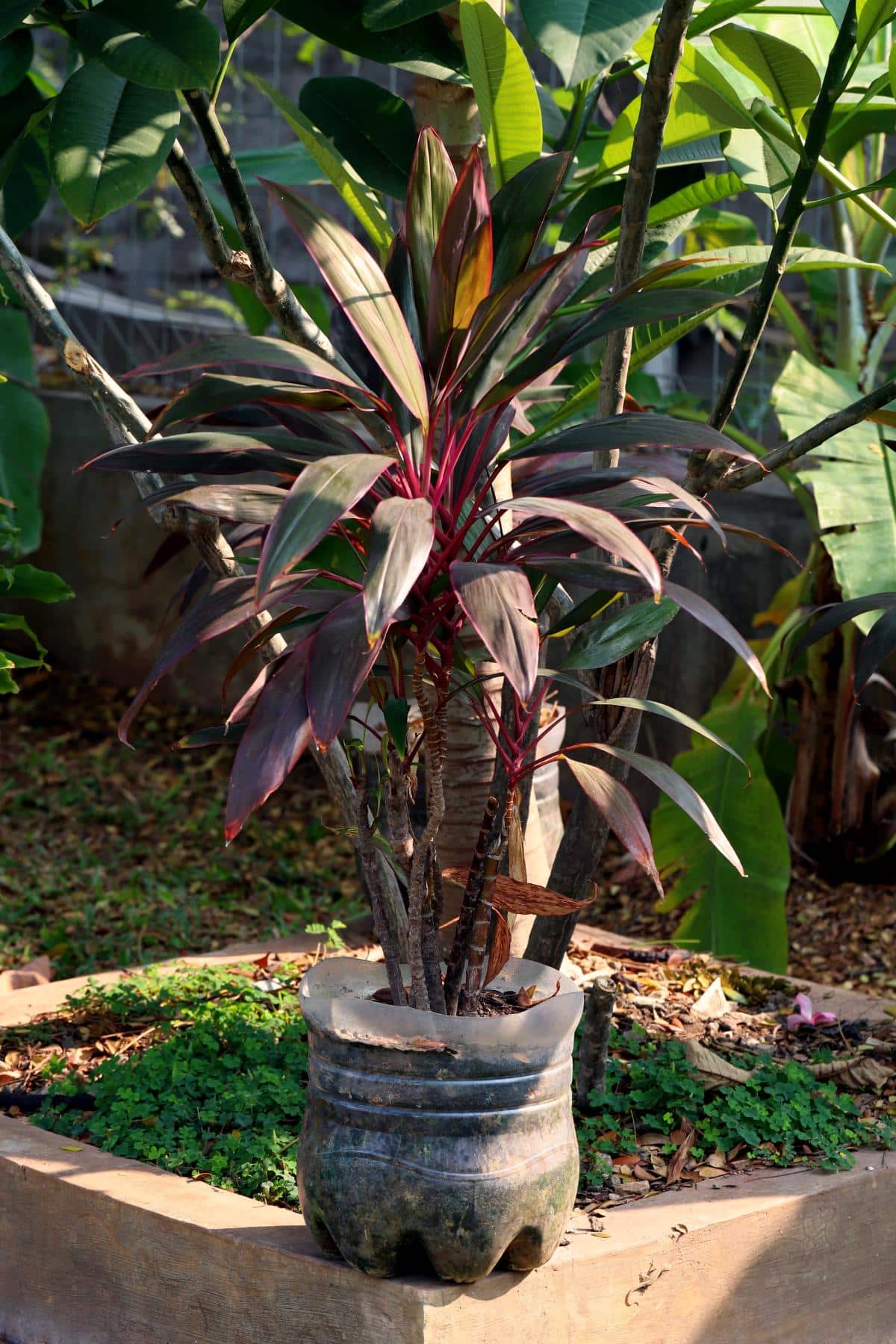
Now that we can plan on nights with no frost and for warmer, steadier daytime temps, those potted tender perennials, tropical plants, and houseplants can move outside for the warm months.
Remember, though, that you should make the move gradually so the plants acclimate to breezy conditions and the strong light of the sun. Harden them off just like garden transplants by bringing them out first to indirect sunlight for a couple of hours, then gradually increase the time and access to sunlight.
Keep in mind, some houseplants should never live in full outdoor sun or they can burn. Your plants may also need more frequent watering outside.
9. Stake and Support Tall Perennials
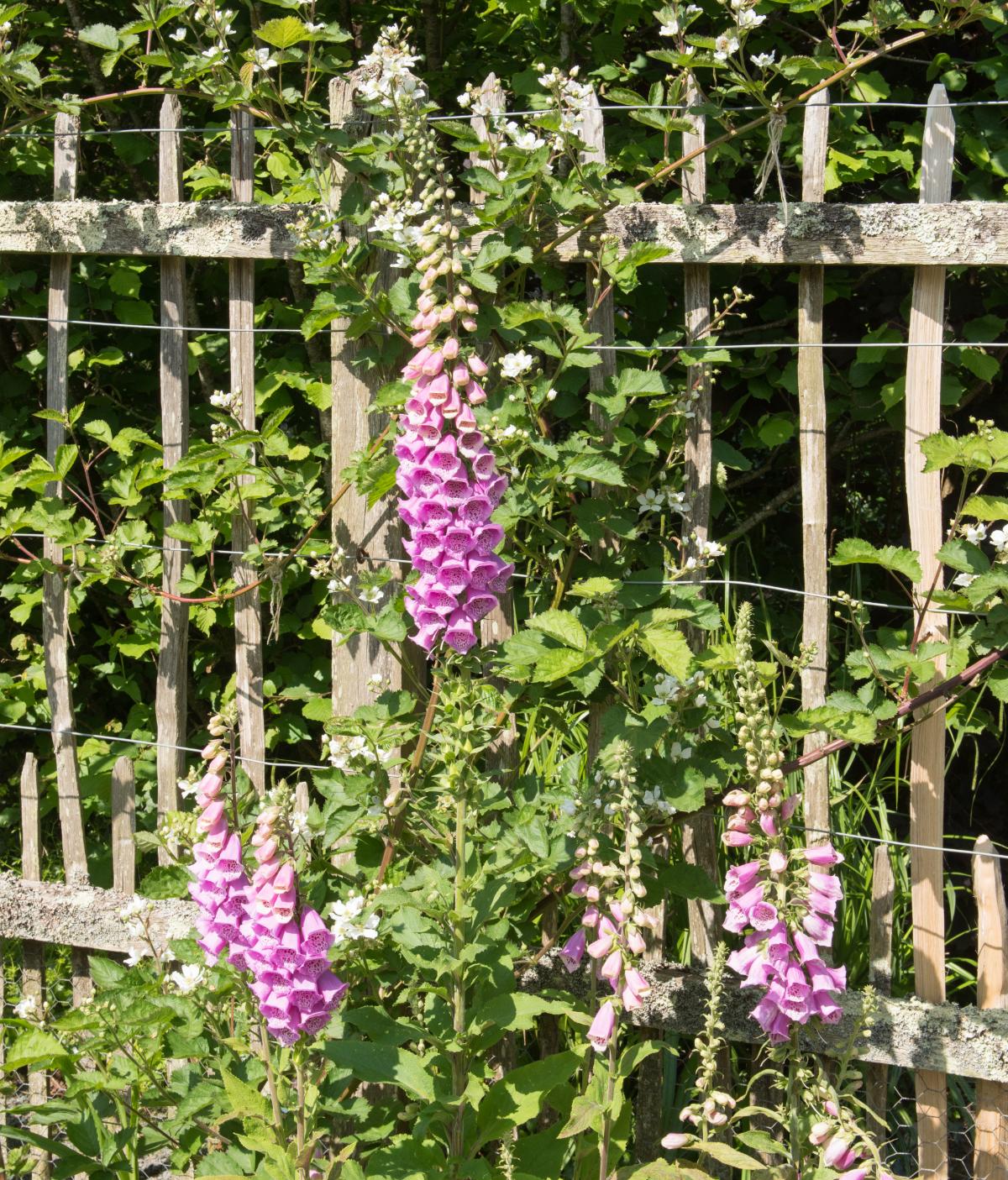
Now that your perennials are reaching their full height, it’s time to stake those that need it if you haven’t already. Summer storms will start amping up, too, and a bit of wind can do a lot of damage to tall perennial stalks. As can weight from soaking rains and the weight of heavy blossoms.
10. Prune Spring Flowering Shrubs and Pinch Back Rhododendrons

If they need it, spring flowering shrubs should be pruned right after they finish blooming. Many perennial shrubs set their buds for the next year during the summer growing season, so if you wait to prune, you risk pruning off next year's flowers.
To encourage more flowers on next year’s rhododendrons, it is recommended that you pinch the terminal buds off after they finish flowering. This encourages more branching and more space for potential flower buds!
If you have non-flowering perennial shrubs that need a trim, like yew or boxwood, for example, you can trim back new growth once it fills in, to help them hold their shape.
Bonus: Make Yourself a Nice Sitting Space!
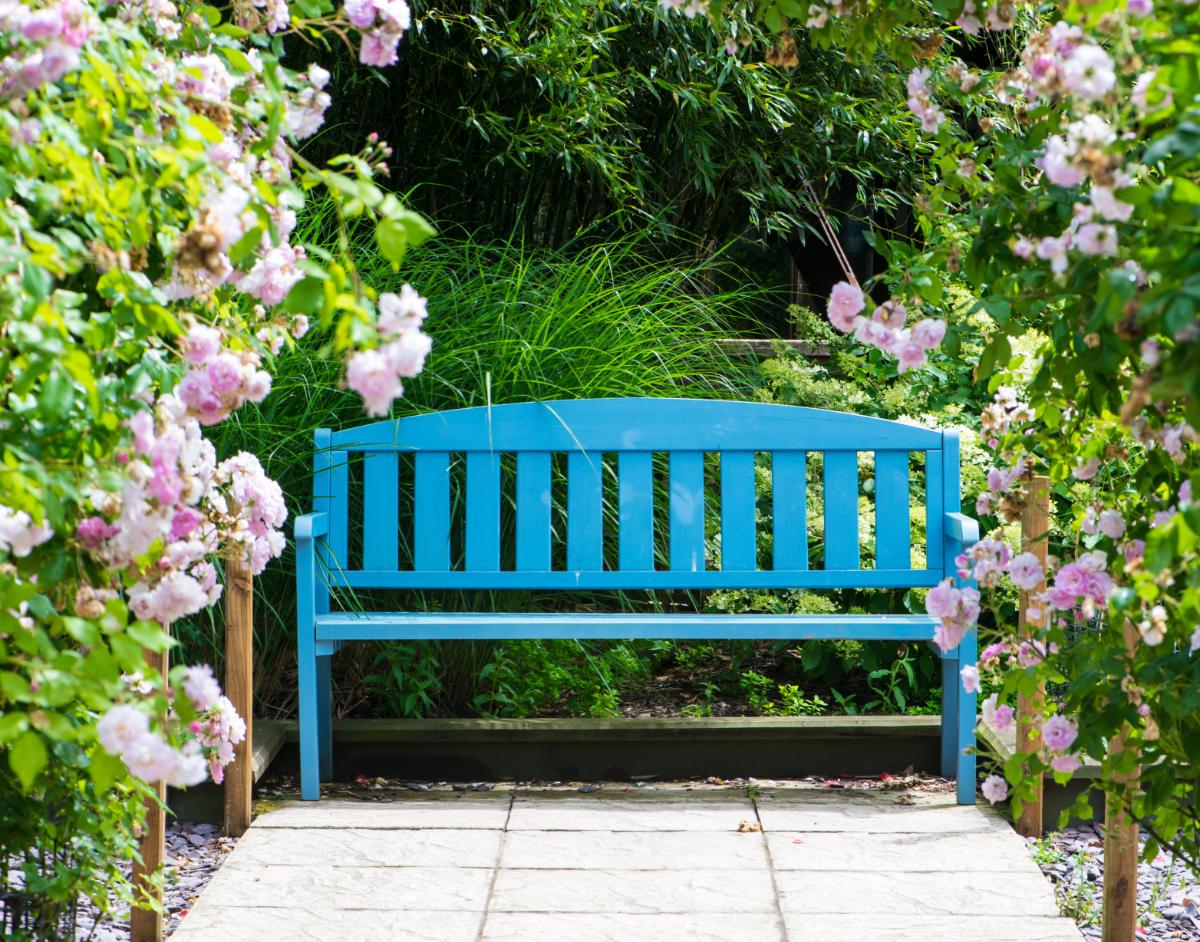
Perennial gardens can be a lot of work, but they should always be places of enjoyment – so don’t forget to enjoy yours!
Add some nice chairs, a lounge, or a bistro table to your perennial garden and landscape areas. Make yourself a seating scape or two. Take some time to relax and enjoy the places you’ve built – it's what your perennial garden is really there for!

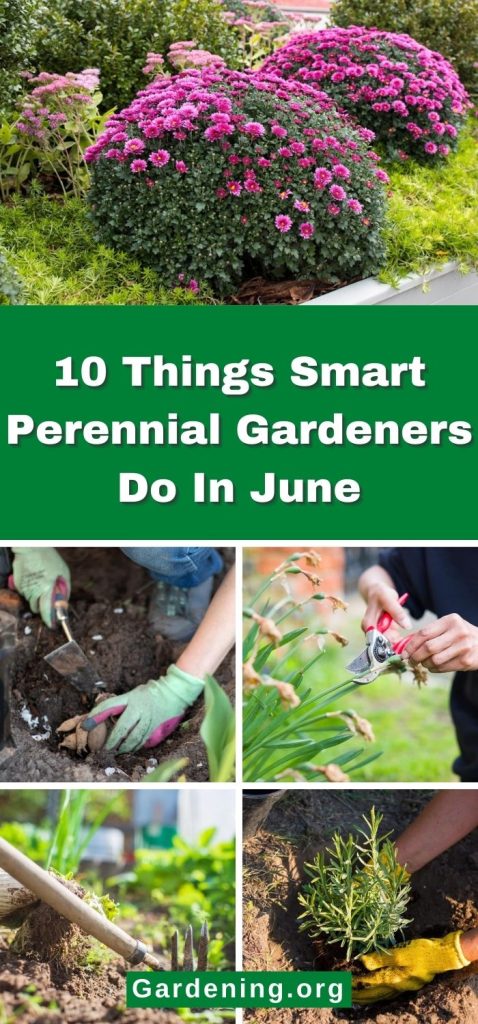
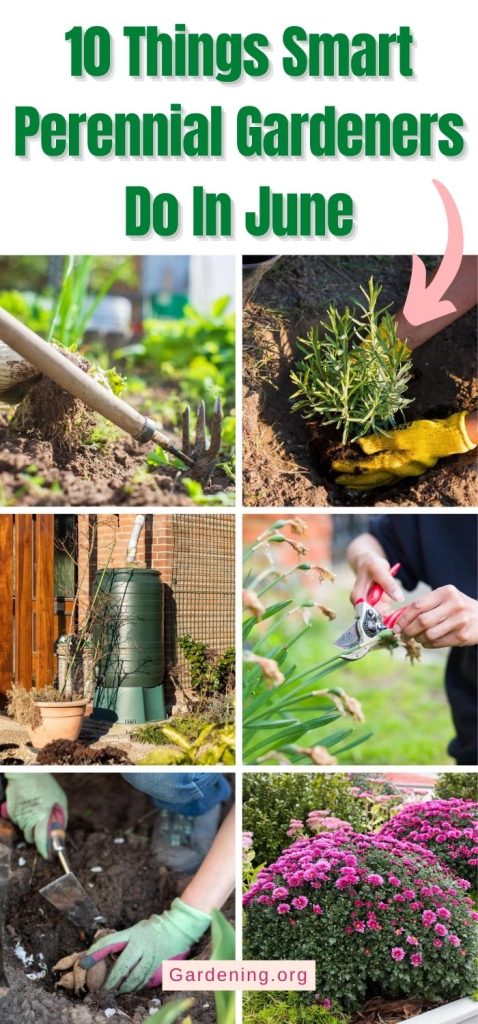

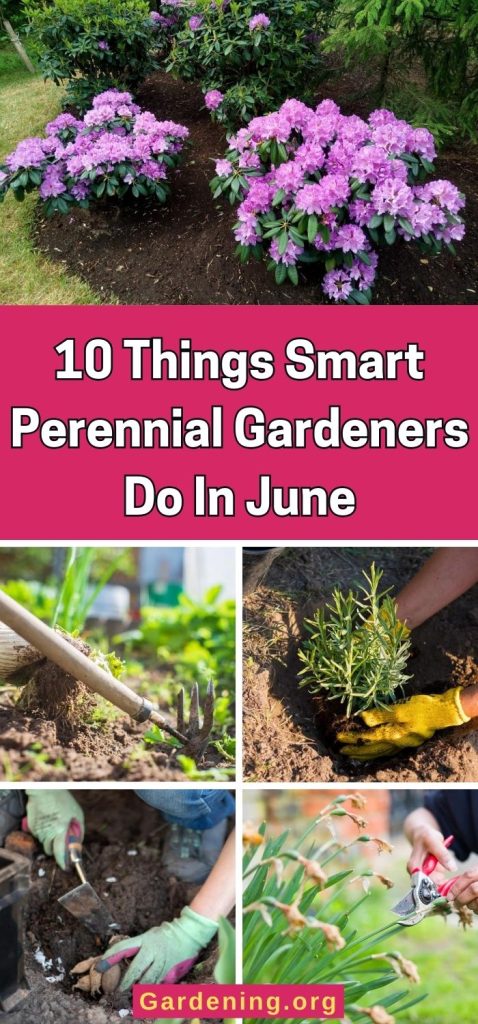
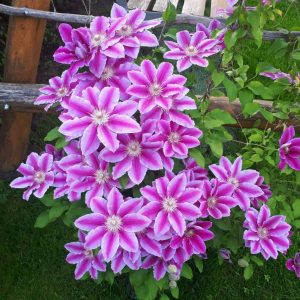
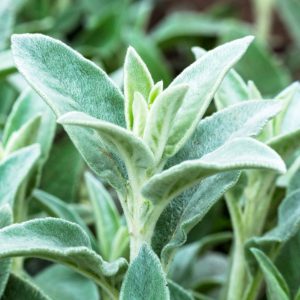

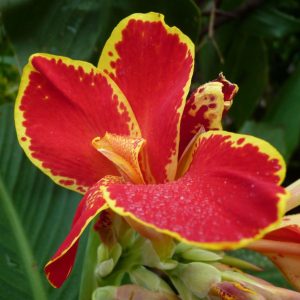
Leave a Reply